
Selecting The Right Manufacturing Inspection Software for Your Business
Viki Dongare |
22 Feb 2024 |
16:50 PM
- Understanding the Importance of Manufacturing Inspection Software
- Addressing Common Concerns: Cost, Integration, and Technical Expertise
- The Role of Manufacturing Inspection Software in Manufacturing
- Defining the Main Purpose of Inspections
- Exploring Different Types of Inspections
- Identifying Common Challenges of Inspections:
- Understanding Manufacturing Inspection Software
- Benefits of Implementing Manufacturing Inspection Software
- Key Features of Manufacturing Inspection Software
- Choosing the Right Manufacturing Inspection Software
- Implementing and Maximizing Manufacturing Inspection Software
- Conclusion
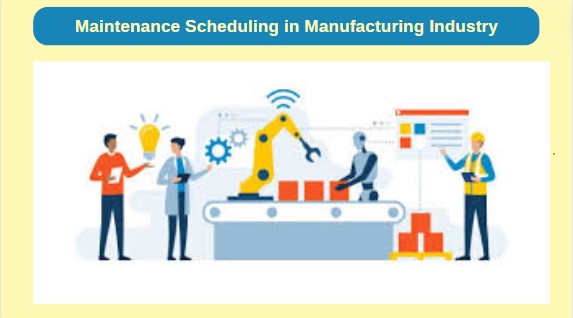
Maintenance Scheduling in Manufacturing Industry
Pratik Lohiya 02 Apr 2024 | 08:52 AMOptimize equipment reliability and minimize downtime with effective maintenance planning and scheduling strategies tailored to the manufacturing industry. Achieve operational excellence and cost savings by prioritizing preventive maintenance, leveragi...
The role of manufacturing inspection software cannot be overstated. It serves as the backbone of quality control, facilitating efficient oversight of production processes and ensuring adherence to industry standards. By leveraging advanced technologies, manufacturing inspection software enables businesses to streamline their operations, enhance product quality, and maintain regulatory compliance.
Understanding the Importance of Manufacturing Inspection Software
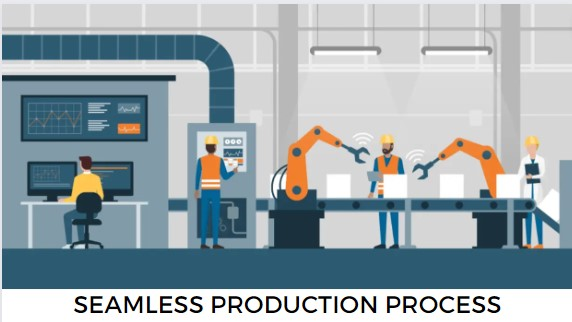
Manufacturing inspection software plays a pivotal role in optimizing production workflows and safeguarding product quality. It empowers businesses to effectively manage entire inspection process, monitor critical parameters, and detect deviations in real-time. By centralizing inspection data and automating routine tasks, this software enhances efficiency and accuracy, leading to improved customer satisfaction and brand reputation.
Addressing Common Concerns: Cost, Integration, and Technical Expertise
Despite the undeniable benefits, concerns about the cost, integration, and technical expertise required for implementing manufacturing inspection software often arise. However, modern solutions offer flexible pricing models and seamless integration with existing systems, mitigating these apprehensions. Additionally, comprehensive support and user-friendly interfaces make it accessible to teams with varying technical proficiencies, ensuring smooth adoption and utilization. By addressing these concerns proactively, businesses can harness the full potential of manufacturing inspection software to drive operational excellence and achieve sustainable growth.
The Role of Manufacturing Inspection Software in Manufacturing
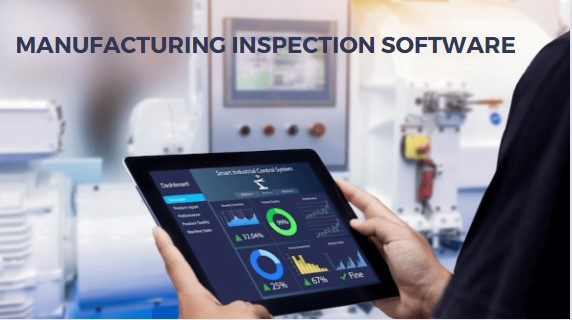
Manufacturing inspection software plays a pivotal role in modern manufacturing by facilitating comprehensive quality control processes. It acts as a centralized platform for managing inspection data, streamlining workflows, and ensuring adherence to industry standards. With features tailored to meet the diverse needs of manufacturing environments, such as real-time monitoring and customizable inspection forms, this software empowers businesses to enhance product quality, minimize defects, and optimize operational efficiency.
Defining the Main Purpose of Inspections
Inspections serve as critical checkpoints throughout the manufacturing process, aimed at verifying product quality, safety, and compliance. Whether it's assessing raw materials during pre-production, monitoring production processes, or conducting final checks before shipment, inspections play a vital role in maintaining quality standards and meeting customer expectations.
Exploring Different Types of Inspections

Pre-Production Inspection (PPI) - PPI involves assessing materials, components, and specifications before the manufacturing process begins. By identifying potential issues early on, businesses can prevent costly errors and ensure that production runs smoothly.
During Production Inspection (DPI) - DPI focuses on monitoring manufacturing processes in real-time to detect deviations and ensure consistency. By conducting regular inspections throughout production, businesses can identify and address issues promptly, minimizing defects and optimizing output quality.
First Article Inspection (FAI) - FAI involves conducting thorough inspections on the initial batch of products to verify compliance with specifications and standards. It provides confidence in the manufacturing process and ensures that subsequent batches meet the desired quality levels.
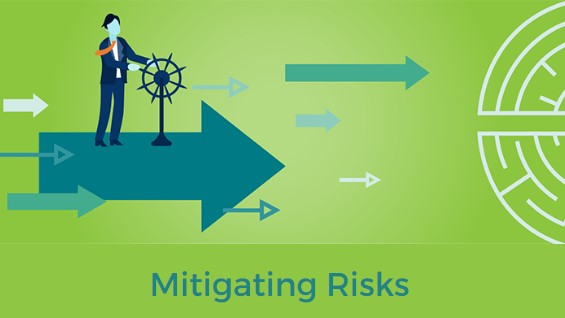
Final Random Inspection (FRI) - FRI entails randomly sampling finished products to assess overall quality and compliance before shipment. By conducting FRI, businesses can identify any remaining issues and ensure that only products meeting quality standards are delivered to customers.
Container Loading Inspection (CLI) - CLI involves inspecting the loading process to ensure that products are properly packed and secured for shipment. By verifying packaging integrity and adherence to shipping requirements, businesses can prevent damage during transit and maintain product quality.
Identifying Common Challenges of Inspections:
Despite their importance, inspections can pose several challenges for manufacturers. These include managing large volumes of inspection data, ensuring consistency across multiple inspections, and addressing issues in a timely manner. Additionally, manual inspection processes can be prone to errors and delays, leading to inefficiencies and increased costs. Manufacturing inspection software addresses these challenges by automating data collection, streamlining workflows, and providing real-time insights, enabling businesses to overcome obstacles and achieve greater efficiency and accuracy in their inspection process.
Understanding Manufacturing Inspection Software
What is Inspection Software?
Manufacturing inspection software is a digital solution that revolutionizes the way inspections are conducted in manufacturing environments. It encompasses a range of features and functionalities tailored to meet the specific needs of quality assurance processes. From creating customized inspection forms to capturing real-time data and generating comprehensive reports, manufacturing inspection software offers a holistic approach to managing inspection workflows.
Exploring a Comprehensive Guide to Inspection Software
A comprehensive guide to inspection software provides in-depth insights into its functionalities, benefits, and implementation best practices. It covers topics such as the importance of inspection software in modern manufacturing, key features to look for when selecting a solution, and tips for maximizing its effectiveness. By exploring this guide, businesses can gain a deeper understanding of how inspection software can transform their quality control processes and drive overall operational excellence.
Standard Features of Manufacturing Inspection Software
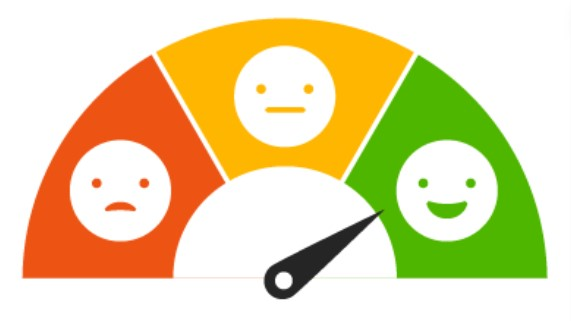
Manufacturing inspection software typically includes a range of standard features designed to streamline inspection processes and ensure compliance with quality standards. These features may include customizable inspection forms, real-time data capture, automated notifications, integration capabilities with other systems, and comprehensive reporting functionalities. By incorporating these standard features into their operations, businesses can enhance their quality control efforts, improve efficiency, and maintain high levels of product quality and customer satisfaction.
Benefits of Implementing Manufacturing Inspection Software
Streamlining Processes
Implementation of manufacturing inspection software streamlines various processes within the manufacturing environment, from data collection to analysis. By automating repetitive tasks, such as scheduling inspections and generating reports, it reduces manual effort and accelerates workflows. This streamlining not only saves time but also enhances productivity, allowing teams to focus on more value-added activities.
Improving Compliance management
Manufacturing industries are subject to strict regulations and standards. Manufacturing inspection software ensures that businesses adhere to these compliance requirements by providing standardized inspection protocols and documentation. By maintaining a comprehensive record of inspections and audit trails, it enables organizations to demonstrate regulatory compliance and mitigate the risk of non-compliance penalties.
Enhancing Safety Measures
Safety is paramount in manufacturing environments. Manufacturing inspection software plays a crucial role in enhancing safety measures by facilitating regular inspections of equipment, facilities, and processes. It enables businesses to identify potential hazards and address them proactively, thereby minimizing the risk of accidents and injuries in the workplace.
Ensuring Data Accuracy and Consistency

Manual data entry is prone to errors and inconsistencies. Manufacturing inspection software eliminates these issues by automating data capture and validation processes. By ensuring data accuracy and consistency, it provides reliable insights into production processes, quality metrics, and performance indicators, enabling informed decision-making and process optimization.
Gaining Real-Time Visibility
Manufacturing inspection software provides real-time visibility into manufacturing operations, allowing stakeholders to monitor processes and performance metrics as they unfold. This visibility enables proactive problem-solving, timely interventions, and continuous improvement initiatives. By staying informed and responsive to changing conditions, businesses can optimize their operations and maintain a competitive edge in the market.
Key Features of Manufacturing Inspection Software
Product Lifecycle Management
Manufacturing inspection software plays a vital role in managing the product lifecycle by facilitating inspections at key stages, such as design, production, and distribution. It ensures that products meet quality standards and regulatory requirements throughout their lifecycle, from conception to end-of-life disposal.
Design Quality Management
Effective design quality management is essential for ensuring product reliability and customer satisfaction. Manufacturing inspection software enables businesses to assess design specifications, identify potential issues early in the development process, and implement corrective actions to maintain design integrity, quality and overall maintenance management.
Complaints Management

Customer complaints can provide valuable insights into product quality and performance. Manufacturing inspection software includes features for tracking and managing customer complaints, allowing businesses to address issues promptly, implement corrective measures, and improve overall product quality and customer satisfaction.
Document and Learning Management
Documentation is essential for maintaining compliance and facilitating continuous improvement efforts. Manufacturing inspection software provides robust document management capabilities, allowing businesses to store, organize, and access inspection reports, standards, and procedures. It also supports learning management by tracking training activities and ensuring that employees are adequately trained to perform inspections.
Quality Management
Quality management is at the core of manufacturing inspection software functionality. It encompasses features such as customizable inspection forms, automated workflows, and real-time data analysis to ensure that products meet quality standards and customer expectations.
Risk Management
Identifying and mitigating risks is essential for protecting product quality and brand reputation. Manufacturing inspection software includes risk management tools that enable businesses to assess potential hazards, prioritize risks, and implement controls to mitigate their impact on product quality and safety.
Supplier Management
Supplier performance directly impacts product quality and reliability. Manufacturing inspection software includes supplier management features that allow businesses to evaluate supplier performance, track compliance with quality standards, and manage relationships effectively.
Safety Management
Ensuring workplace safety is a top priority for manufacturing businesses. Manufacturing inspection software includes safety management features such as safety inspections, incident reporting, and corrective action tracking to identify hazards, prevent accidents, and promote a culture of safety within the organization.
Environment and Sustainability Management
Environmental sustainability is increasingly important for businesses seeking to minimize their environmental footprint and meet regulatory requirements. Manufacturing inspection software includes features for monitoring environmental performance, tracking sustainability initiatives, and ensuring compliance with environmental regulations.
Choosing the Right Manufacturing Inspection Software

Defining Your Goals and Requirements
Begin by outlining your specific goals and requirements for manufacturing inspection software. Consider factors such as the size of your business, industry regulations, and existing systems integration needs.
Factors to Consider When Selecting Software
Evaluate key factors such as scalability, customization options, ease of use, and customer support. Look for software that aligns with your business objectives and offers features tailored to your industry and inspection processes.
Tips for Choosing the Right Software Solution
Seek recommendations from industry peers, conduct thorough research, and request demos or trials to assess usability. Prioritize software solutions that offer flexibility, robust reporting capabilities, and seamless integration with other business systems to maximize efficiency and effectiveness.
Implementing and Maximizing Manufacturing Inspection Software
Customizing Inspection Forms
Tailor inspection forms to your specific requirements, ensuring they capture relevant data efficiently and accurately.
Training Your Team for Effective Use

Provide comprehensive training to your team to ensure they understand how to use the software effectively and maximize its benefits.
Integrating with Other Systems
Integrate manufacturing inspection software with other business systems to streamline processes and improve data flow across the organization.
Leveraging Mobile Capabilities
Take advantage of mobile capabilities to conduct inspections on the go, increasing flexibility and efficiency.
Monitoring Progress and Performance
Regularly monitor progress and performance metrics to identify areas for improvement and ensure compliance with quality standards.
Continuous Improvement Strategies
Implement continuous improvement strategies based on insights gained from inspection data, driving ongoing enhancements to processes and products.
Encouraging Collaboration Among Team Members
Promote collaboration among team members by facilitating communication and knowledge sharing through the manufacturing inspection software platform.
Conclusion
Selecting the right manufacturing inspection software is paramount for businesses aiming to maintain compliance, enhancing operational efficiency, and ensuring product quality. By harnessing the power of advanced technology and tailored features, organizations can streamline manufacturing inspection processes, improve data accuracy, and mitigate risks effectively. With a strategic approach to implementation and ongoing optimization, inspection software becomes a cornerstone for achieving excellence in quality control.

As industries evolve, investing in robust inspection solutions not only fosters regulatory adherence but also cultivates a culture of continuous improvement, driving sustainable growth and customer satisfaction in the dynamic landscape of asset management in modern manufacturing.